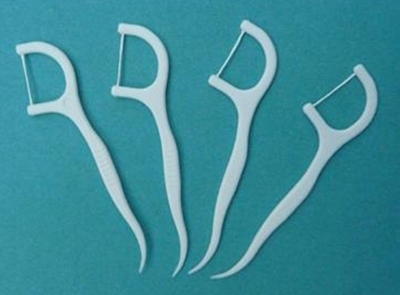Matino
Moderator
It is not enough to just floss, it is expedient that you know how to floss properly. In case you do not know why flossing is so important, then you should check out the 6 important reasons why you should floss. An important thing you should know is that brushing your teeth alone is not sufficient for your oral hygiene because flossing will get to those areas that your toothbrush cannot reach to dislodge food particles and plaques that your toothbrush cannot normally access. These food particles and plaques have the potential to cause teeth and gum diseases. Flossing regularly can also help you combat bad breath.
Flossing should be part of your personal hygiene and it is recommended that you brush your teeth twice and floss at least once every day.
There are two types of floss you can choose from – the Nylon or Multifilament floss, and the PTFE or Monofilament floss. The monofilament floss is usually more expensive because it contains a single filament and unlike the multifilament floss, it does not tear or shred while flossing in tight spaces. Any of the two is however great for an effective floss.
Flossing is a skill that requires dexterity. You must therefore know how to effectively floss so as to ensure you rip all the benefits associated with it. It is important that children also floss as it protects their teeth from decay. You should however guide children less than 10 in flossing as they may not be able to do it effectively.
Here are the simple steps to follow to effectively floss:
- Take around an 18-inch section of the floss in your hand and wrap each end of the floss around the middle fingers of both hands
- Leave about an inch or two of floss to work with between the two fingers and hold each end between your index finger and your thumb.
- Glide the floss gently through the space between your teeth and move it up and down several times
- Make a ‘C’ shaped curve and press the floss against your teeth laterally as you glide up and down and make sure you reach below the gum line
- Ensure you use clean sections of the floss as you progress from one tooth to the other
- Reach every part of your teeth including the inner molars
In case you do not find the traditional floss comfortable or you are not find the coordination required for flossing easy, there are other flossing tools that you may find handy and still does the job. An example is floss holders, which are Y-shaped tools that hold floss.

No matter your choice of tool, all that is important is that you are consistent in flossing everyday to effectively protect your teeth from decay and disease.
Photo credits: www.aspenparkdental.com
www.hushu-newyork.blogspot.com
www.ishaamdental.weebly.com
